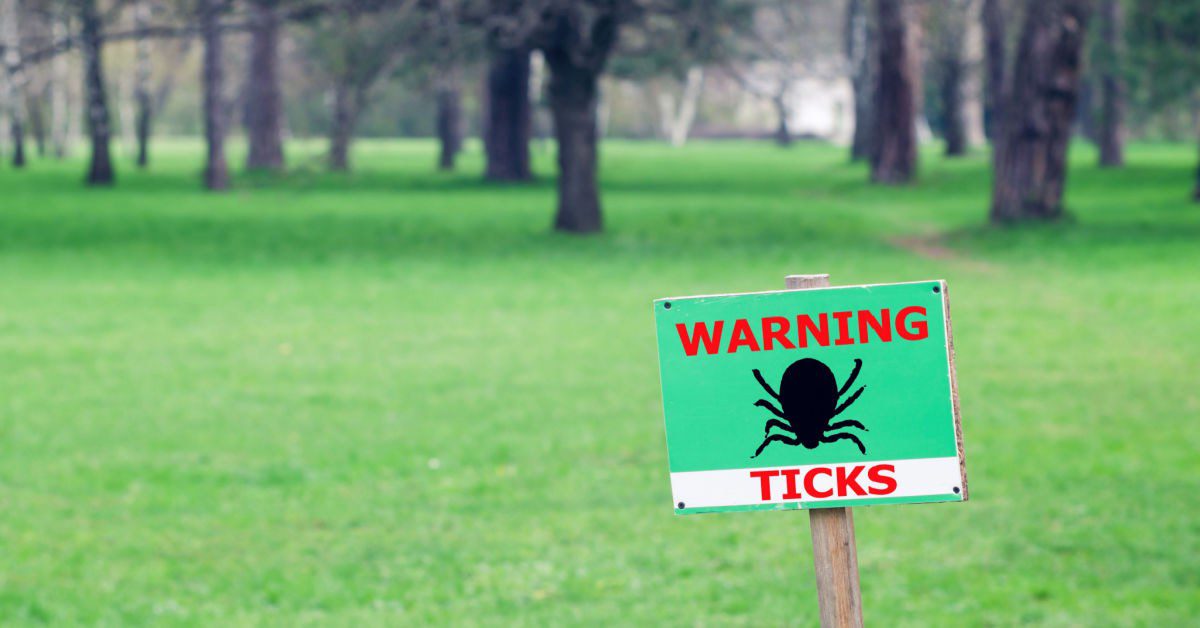Ticks and Lyme Disease: Causes, Symptoms, Treatment & Prevention
Most people know that Lyme Disease is transmitted to humans and other animals by ticks, specifically the black-legged or deer tick. But the tick itself does not cause the disease; instead, it is a bacterium called Borrelia burgdorferi transferred to the victim by the tick’s bite that causes Lyme Disease.
In the U.S., the black-legged tick is found in northeastern and central northern regions, while the western black-legged tick is found in Pacific areas. Ticks are not born with the bacterium that causes Lyme Disease but picks it up as they feed on small rodents, later passing it along in their subsequent feedings.
Ticks feed by piercing the skin and sucking the host’s blood, usually for several days. For humans, the most dangerous stage of a tick’s life is the time just before it becomes an adult. Because these tick nymphs are so tiny, they are easy to miss on the skin, whereas the adult females are large enough to find and remove before infection can occur.
Male adults are the least dangerous since they rarely feed and are intent on finding a mate.
Symptoms
Lyme disease symptoms often mimic other diseases, which may be difficult to diagnose. Initial symptoms include headache, fever, muscle aches, and neck stiffness. In addition, a unique rash may appear near the tick bite location as early as one day or as late as one month. The rash (sometimes called a bulls-eye rash) starts as a small red bump, then spreads out circularly, leaving the center clear.
Gone untreated in the early stages, Lyme Disease can affect multiple organs and body structures, including the brain, eyes, skin, lungs, liver, muscles, spleen, heart, digestive system, and joints. Patients may experience a wide array of neuromuscular symptoms, such as extreme fatigue, dizziness, imbalance, changes in auditory, olfactory, and visual sensation, as well as stiffness in the neck and jaw. Joints may become inflamed, stiff, and painful. In addition, patients may have irregular heartbeats or chest pain. If the lungs are affected, difficulty in breathing and even pneumonia may result.
Treatment
Since it can be challenging to test for Lyme Disease, medical practitioners often rely on the patient’s symptoms, whether they have been in areas where the black-legged or western black-legged tick occurs, and ruling out other likely diseases. Traditional treatments vary depending on the stage of the disease at diagnosis. To date, the usual round of treatment includes a regimen of antibiotics.
Ticks and Lyme Disease Prevention
The most effective way to protect yourself from ticks and Lyme disease are to protect yourself from ticks biting you. There are several ways this can be done. We outline a list of actions to take below.
- Apply a repellent with DEET, picaridin or permethrin.
- Wear light-colored protective clothing such as long pants and long sleeves.
- Avoid tick-infested areas where there is tall grass and large weeds.
- As ticks can be tiny and hard to find, thoroughly check yourself and your pets daily.
- Shower after being outside if possible.
- Hire a pest control company to apply the required techniques to your property to keep ticks at bay.
As we have just mentioned, hiring a pest control company can be the best option for keeping ticks away. If you are interested, please do not hesitate to contact NJ Pest Control. We are ready to keep you, your family, friends and pets safe from Lyme disease.
If you are experiencing any other type of pest or wildlife problems, please contact our company, NJ Pest Control. We remove and control all types of pests and wildlife animals.

